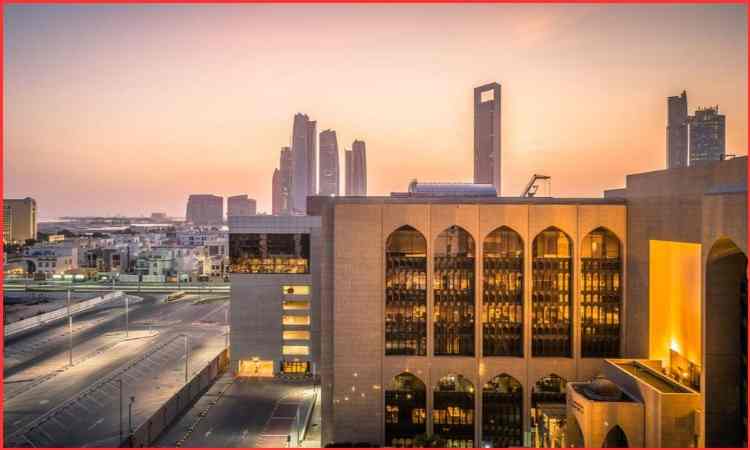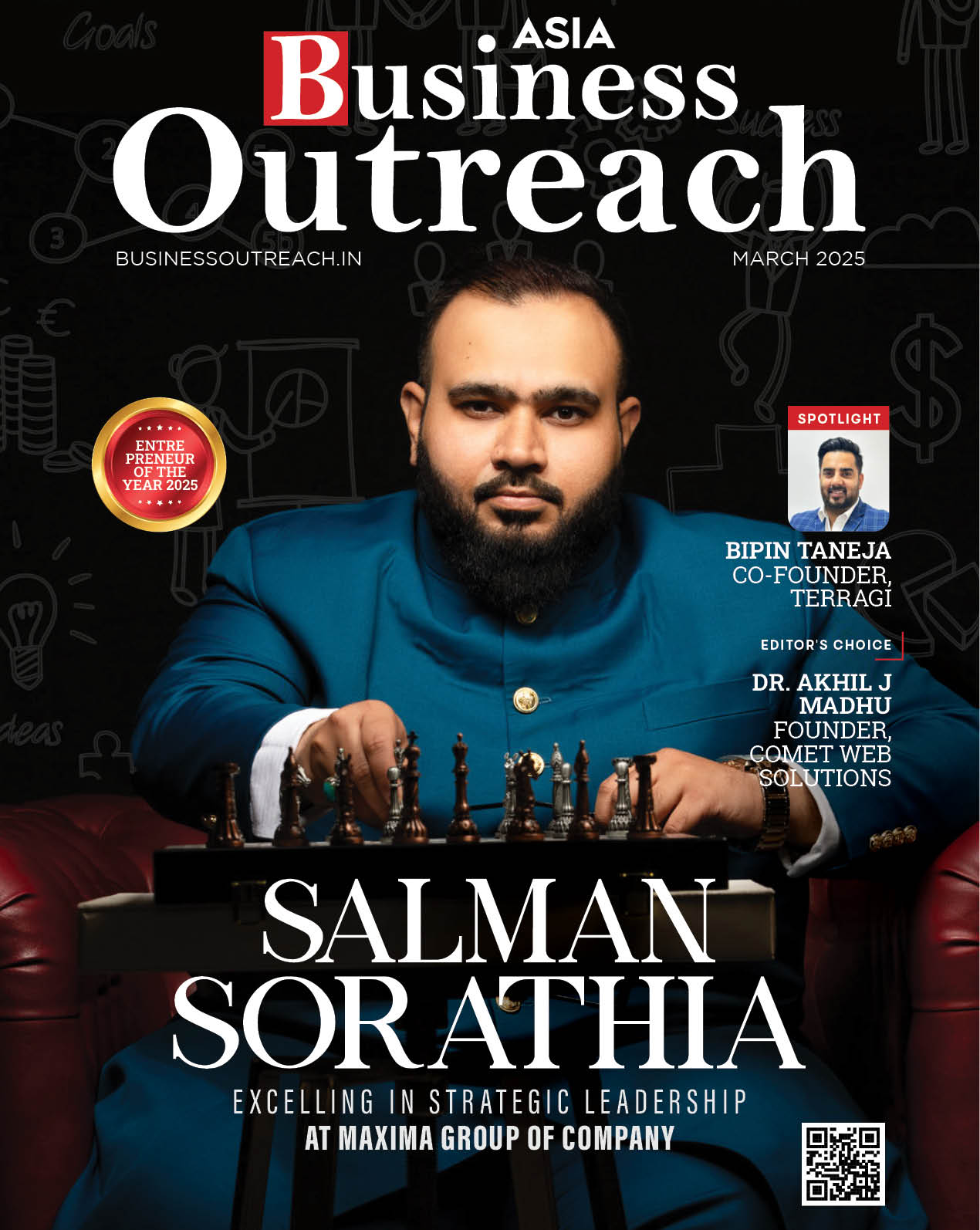
PC: Economy Middle East
The rate of UAE listed banks’ earnings growth is likely to persist in 2025, underpinned by robust government support and good capital health notwithstanding the probable to-be-tightened monetary policy, a report from consultancy firm Alvarez & Marsal (A&M) has said.
In 2024, the total profits of UAE-listed banks witnessed an eight percent year-on-year (YoY) expansion. This was primarily due to a sharp 26.8 percent fall in annual impairment provisions, due to recoveries and decreased write-downs. However, while overall profits were improved, return on equity (ROE) and return on assets (ROA) witnessed drops of 87 basis points (bps) and six bps, respectively, as a result of a fall in net profitability.
Asad Ahmed, A&M’s Managing Director – Financial Services, noted with respect to the present scenario, stating that although pressure on net profitability has been experienced, the larger picture for the UAE banks is on an upbeat side. He stated that the UAE Central Bank had signaled the beginning of interest rate reduction as scheduled, as parallel with the policy action of the US Federal Reserve.
“These reductions, together with strong economic growth fueled by consumer spending, tourism and construction, put UAE banks in good stead for continued growth in earnings to 2025,” Ahmed said.
One of the chief drivers of this healthy trend is the lending expansion of UAE banks. In 2024, total lending improved by a virtual 13 percent YoY, while retail lending improved even higher by 20 percent YoY. This registers increased borrowing activities, which can be driven both by consumer spending as well as business growth.
On the deposit side, UAE banks also showed strong mobilisation, with the deposits rising by 11 percent YoY. Time deposits, especially, showed a strong rise of 11 percent YoY, which was an indication of the effect of a high interest rate regime that led depositors to invest in fixed-term deposits. Current account savings account (CASA) deposits, however, accelerated at a relatively subdued rate, rising by eight percent YoY.
Ahmed added that within the relatively high-interest-rate environment, UAE banks were able to sustain strong mobilization of deposits and continued to exhibit effectiveness in cost management and asset quality maintenance.
Aggregate operating income of UAE-listed banks increased by 11 percent, led mainly by growth in fees and commission income. Net interest margin (NIM) declined marginally, down 12 bps to 2.7 percent, as interest rates declined.
One of the strongest achievements for the UAE banks during 2024 was their success in keeping risk in check along with cost effectiveness. The cost-of-risk ratio, a key indicator of asset quality, dropped to a ten-year low of 0.5 percent. This shows strong financial health and effective risk management.
A&M’s review is done by an analysis of 10 UAE listed banks. These banks are: First Abu Dhabi Bank, Emirates NBD, Abu Dhabi Commercial Bank, Dubai Islamic Bank, Mashreq Bank, Abu Dhabi Islamic Bank, Commercial Bank of Dubai, National Bank of Fujairah, National Bank of Ras Al-Khaimah, and Sharjah Islamic Bank. By focusing on careful lending growth, careful deposit collection, and strong asset quality, UAE banks are expected to effectively handle the evolving financial environment in 2025.Though with certain pressures, such as a somewhat strained net profitability, the industry is still in good position for further earnings expansion on the back of economic growth and monetary policy moves.












